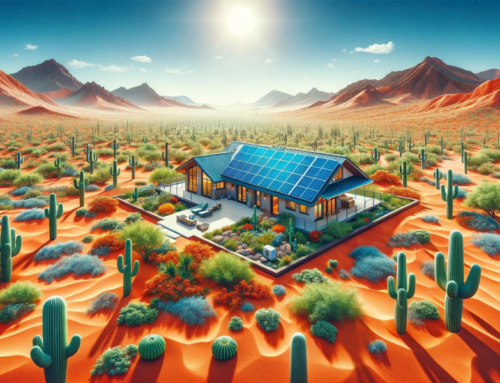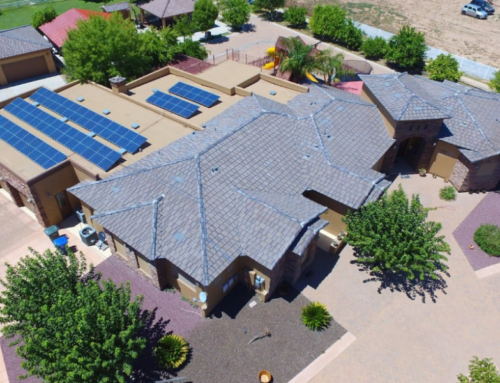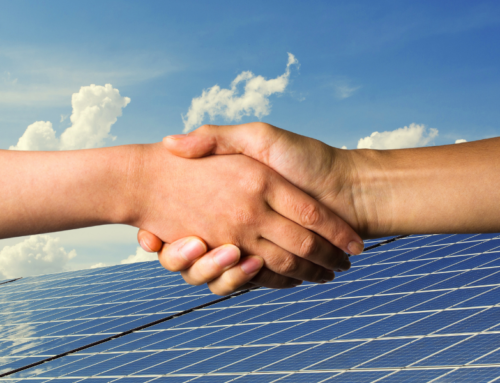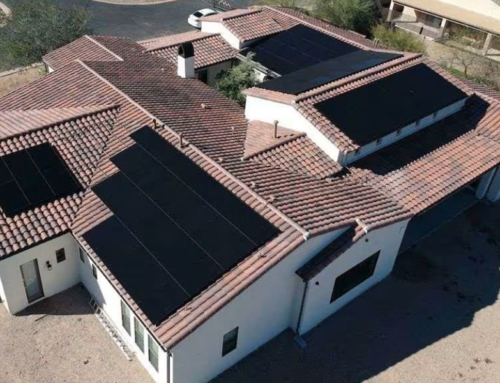Joe Biden is now the president of the United States, and the Democrats now have a majority in both houses of Congress. Giving Americans a Green New Deal was front and center in the platform that the president and Democratic congressional candidates ran on to get elected, and they and the president’s administration are wasting no time in delivering on that promise.
In terms of ambition, the president’s call to address climate change is nothing short of JFK’s “moonshot,” his declaration that America would put a man on the moon by the end of the 1960s. The call to end the use of fossil fuels in the next 15 to 25 years is on par with that goal and perhaps more urgent to humanity.
Immediately following the inauguration, the president recommitted the United States to the Paris Climate Accord, a treaty meant to limit global warming by holding countries mutually responsible for drastically reducing their share of greenhouse gas emissions. America’s participation in this global effort very likely will add significant costs to oil, gas, and coal. In addition, the Keystone XL Pipeline, a conduit meant to transport oil from Canada, was canceled. These measures will probably increase the price Americans pay for gasoline at the pump and for electricity in their homes.
The government’s plan to transition American homeowners from heating and cooling their homes with fossil fuels to doing so with renewable energy incorporates both carrots and sticks. The new COVID-19 relief bill passed by Congress in early January has significantly increased the federal tax credit that offsets the cost of home solar systems. Without that act of Congress, the federal subsidy for an average-sized home in the Phoenix area would have been thousands of dollars less this year and zero next year.
The provisions of the law will increase the tax credit homeowners get for solar by thousands of dollars. Most homes in APS territory that convert from fossil fuels to solar may receive between $7,000 and $18,000, depending on the size of the home and energy usage. The systems can be designed to reduce APS customers’ annual bills to $0 or even a negative total. The larger the system, the larger the federal government’s subsidy. Hence, the larger the system, the lower the APS bill (or the higher the payment to the homeowner).
The stick is, obviously, the ever-increasing cost of fossil-fuel-generated electricity, which will make solar power for homes more and more compelling. It is basically the same strategy the government used to reduce the number of American tobacco smokers. While the warning label got people’s attention, it was the increase in the price of a pack of cigarettes, from 80 cents to $8 a pack, that really drove people to quit.
A no-money-down, financed home solar system typically incurs a monthly payment that’s $50 to $100 per month less than the amount they’re currently paying the utility company for the same electricity.
Mr. and Mrs. Jenson signed up for solar in early February. “We were very happy to see that the cost of the solar system and the monthly payment in the proposal we received in February were significantly lower than in the proposal we received in December before the COVID relief bill,” they say. “With the U.S. government making renewable energy a big priority, we know our utility costs will increase faster in the near future than it has in the past. We’re excited to use the incentives to lock in and lower our electricity costs and have our family be part of the solution to climate change.”
You may be surprised at the current cost of a solar system. The cost of solar panels has come down 70 percent in the last 10 years, while electricity prices have continued to climb. When you add in the additional incentives provided in the COVID-19 relief legislation, you will experience a lower annual cost and see a profit in many cases of between $50,000 and $100,000 in the next 25 years by switching to solar. This does not include the profit you will realize when you sell your house for a higher price because of the $0 electric bill, as compared to the price you would get if you had to sell it with a bill costing thousands of dollars per year and increasing annually.
Want to get started with SUNSOLAR SOLUTIONS? Try our FREE Solar + EV Calculator!
Michael O’Donnell is vice president of sales and a partner at SunSolar Solutions, which is a local Arizona contractor and one of the largest solar sales and installation companies with over 7,000 customers.







